Unit 04 - Modules, Region¶
Accessing GRASS modules¶
GRASS GIS is a modular system which consists of several hundreds tools (“modules” in GRASS terminology). Modules are accessible from the menu, Tools tab, or from command prompt (Console tab).
Let’s find a tool which clips cloud mask vector map by Jena city region.
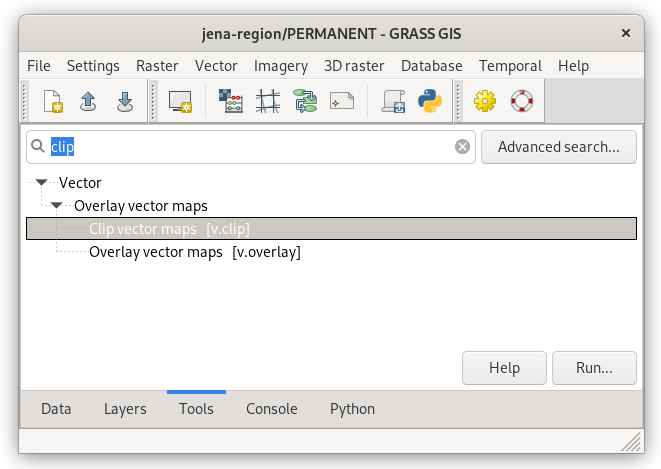
Fig. 26 Search for a tool by ‘clip’ keyword in Tools tab. The module which we are looking for is v.clip. Module dialog can be open by Run button.
Note
Module v.clip was introduced to GRASS in version 7.4.0. In older versions generic v.overlay module can be used.
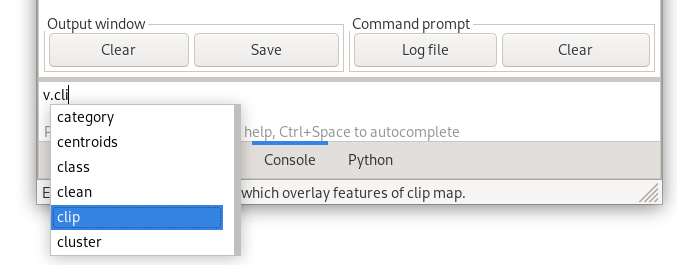
Fig. 27 Launching v.clip module from Console tab.
Tools (modules) can be run from GUI dialogs, from Console tab, or by using Python API (see Unit 10 - Python intro). Figure bellow shows GUI dialog of v.clip module.
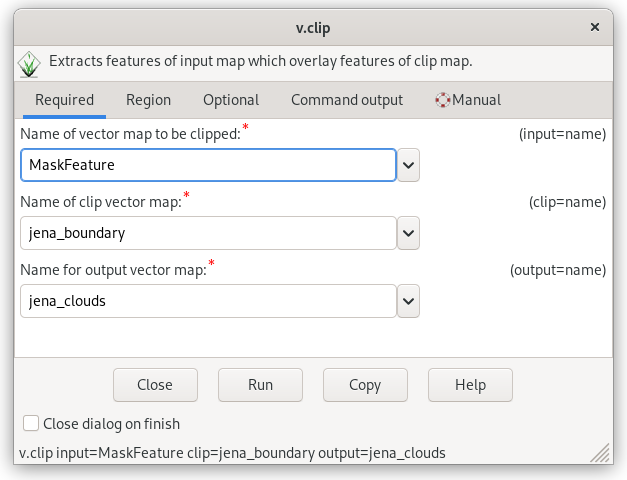
Fig. 28 GUI dialog for launching v.clip module.
Tip
CLI syntax of modules is shown in GUI dialog statusbar, see Fig. 28. Command can be copied to clipboard by Copy button for later usage.
The corresponding command for console would be:
v.clip input=MaskFeature clip=jena_boundary output=jena_clouds
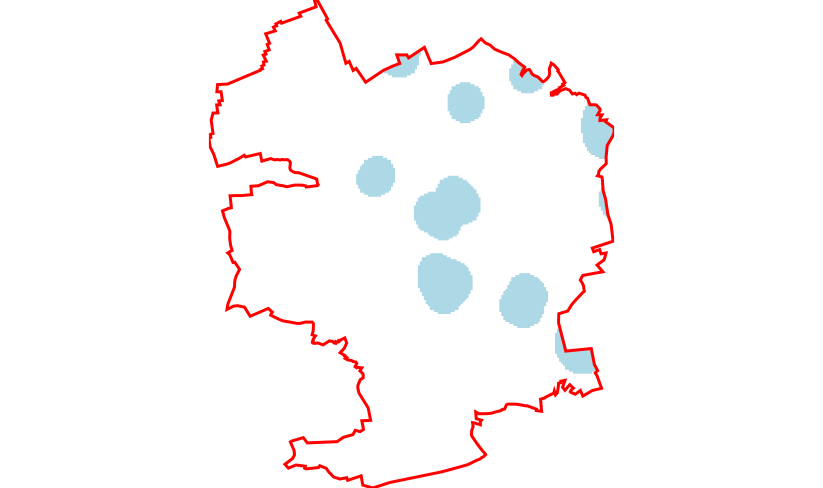
Fig. 29 Clipped clouds mask by Jena city region.
Each GRASS module starts by a prefix. This prefix groups modules into several sections, see table below.
| prefix | section | description |
|---|---|---|
db. |
database | attribute data management |
d. |
display | display commands |
g. |
general | generic commands |
i. |
imagery | imagery data processing |
ps. |
postscript | map outputs |
r. |
raster | 2D raster data processing |
r3. |
raster3D | 3D raster data processing |
t. |
temporal | Temporal data processing |
v. |
vector | 2D/3D vector data processing |
Computational region¶
The computational region is a key element in GRASS raster processing. Unlike other GIS software such as Esri ArcGIS which sets the computational region based on input data, GRASS is leaving this operation to the user.
Important
The user must define computational region before any raster computation is performed!
The computational region is defined by extent (north, south, east, west) and by spatial resolution in both directions (east-west, north-south). Note that GRASS supports only regular grids.
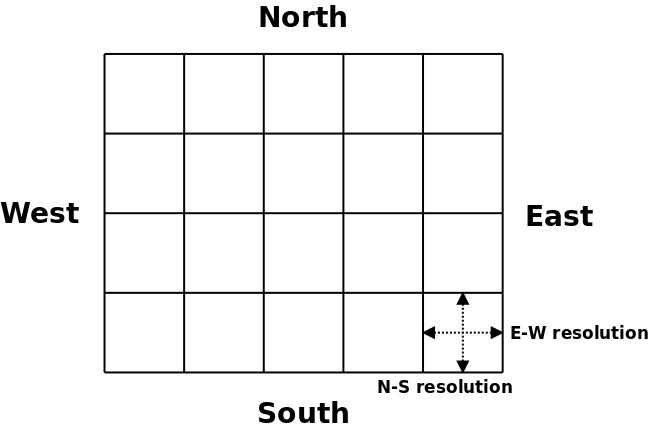
Fig. 30 2D computational region grid.
Note
For 3D raster data (known as “volumes”) there is an extension to the 3D computation grid.
The great majority of raster processing modules (r.*) respect the
computational region. There are a few exceptions like import modules
(eg. r.import). On the other hand, most vector
processing modules (v.*) ignore the computational region completely
since there is no computation grid defined for them.
The computational region can be easily set on existing raster or vector map from Layer tab.
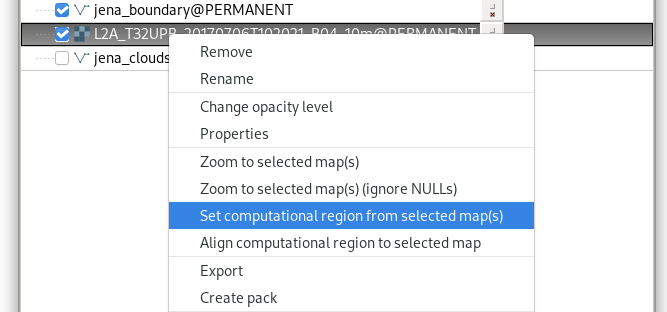
Fig. 31 Set computational region from raster map.
Note that when setting up the computational region from a vector map, only the extent is adjusted. It’s a good idea to align the computational grid based on the raster map used for computation (Align computational region to selected map).
Current computation region extent is by default visualized in map window as a red rectangle.
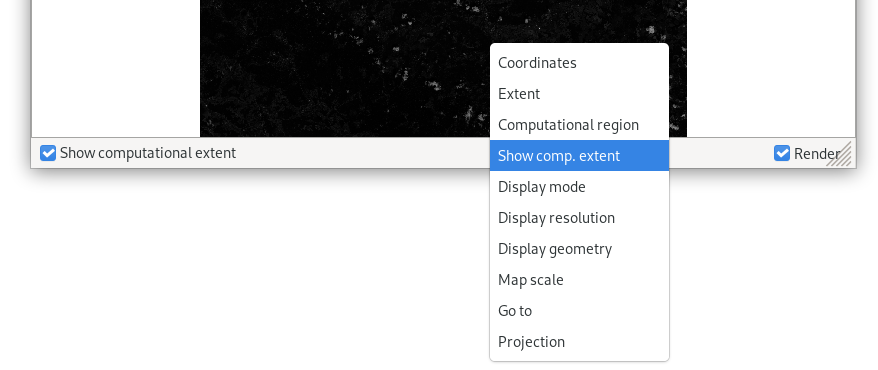
Fig. 32 Show/Hide computational region extent in map display.
Full flexibility for operating with computational region is allowed via the g.region module (). Example below:
g.region vector=jena_boundary align=L2A_T32UPB_20170706T102021_B04_10m
Color table¶
The color table of raster maps can be changed by the r.colors command. With knowledge of computational region let’s enhance color table of imported Sentinel band using histogram equalization (which is influenced by computation region as we already know).
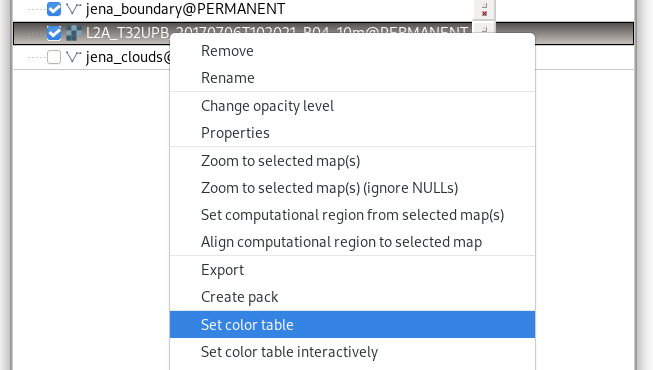
Fig. 33 Set color table from Layers tab.
Example of command:
r.colors map=L2A_T32UPB_20170706T102021_B04_10m color=grey.eq
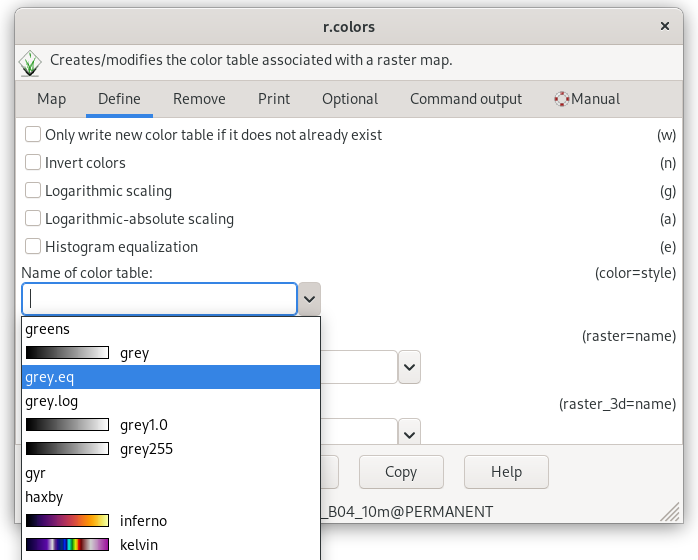
Fig. 34 Choose the predefined ‘grey.eq’ (enhanced grey scale) color table in the Define tab.
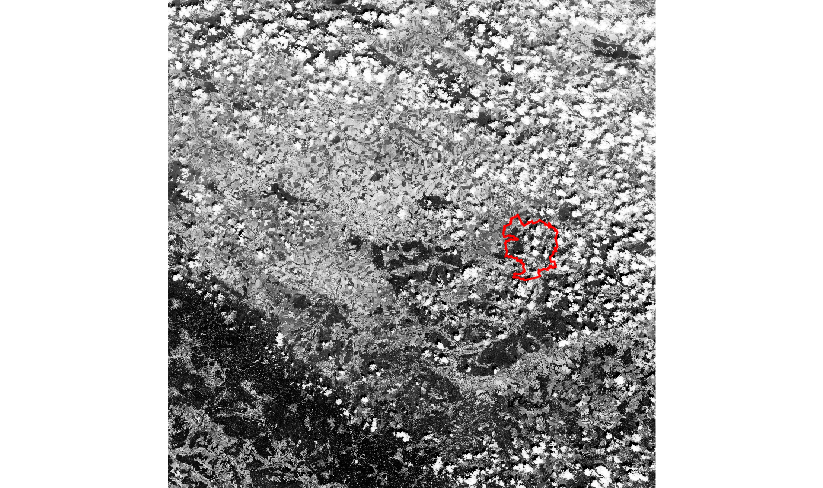
Fig. 35 Sentinel 4th band with enhanced grey color table.
Tip
Color table set also interactively in the case that predefined color tables do not satisfy user’s needs.